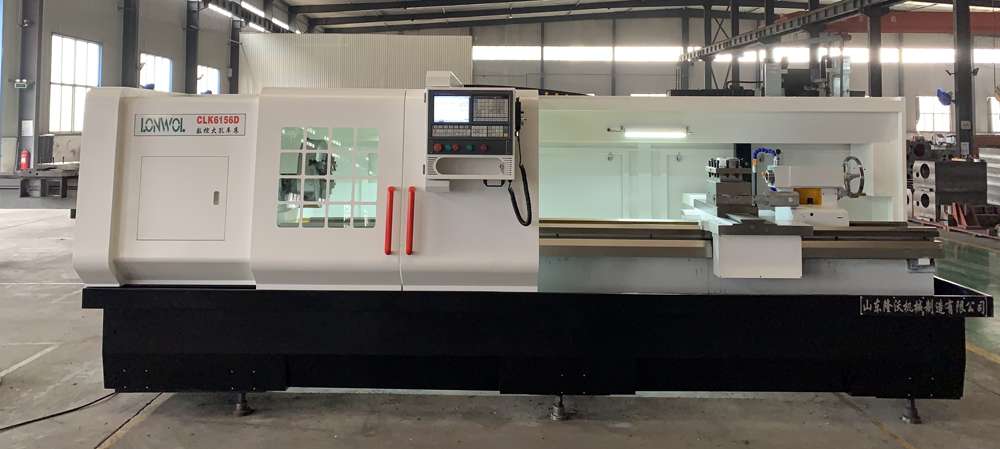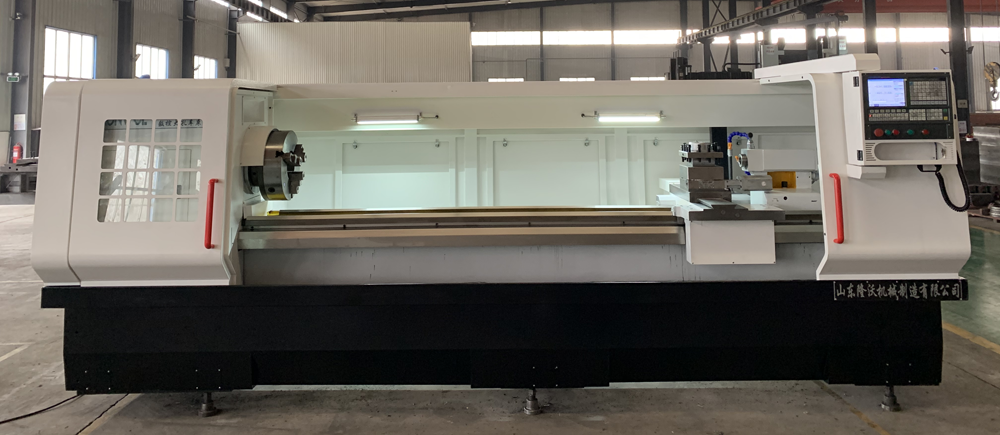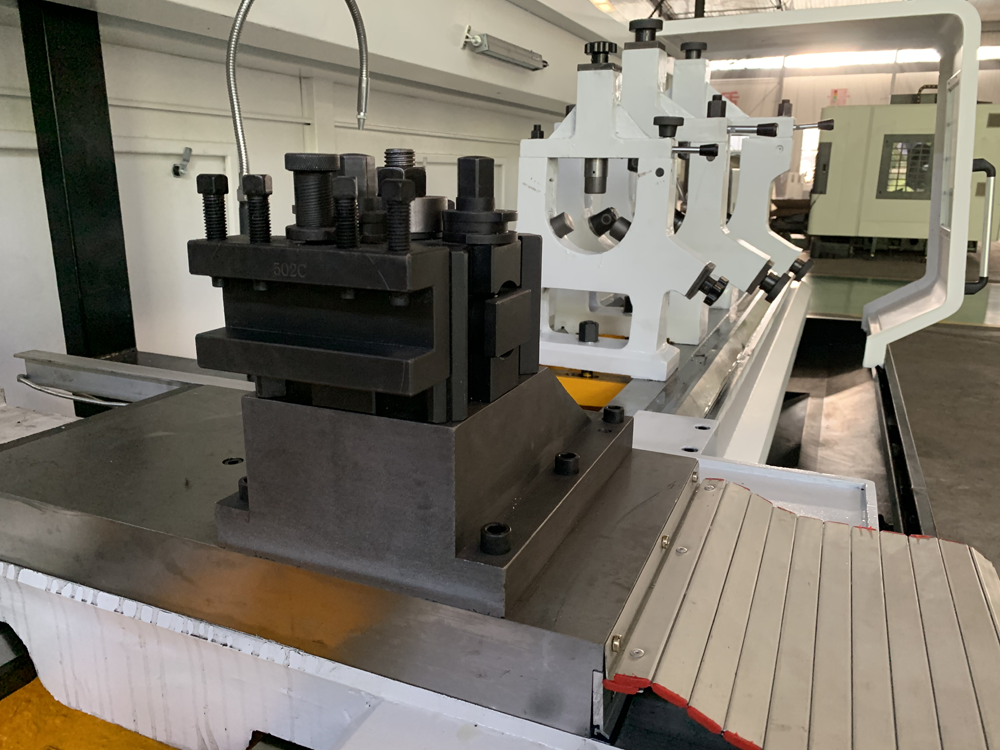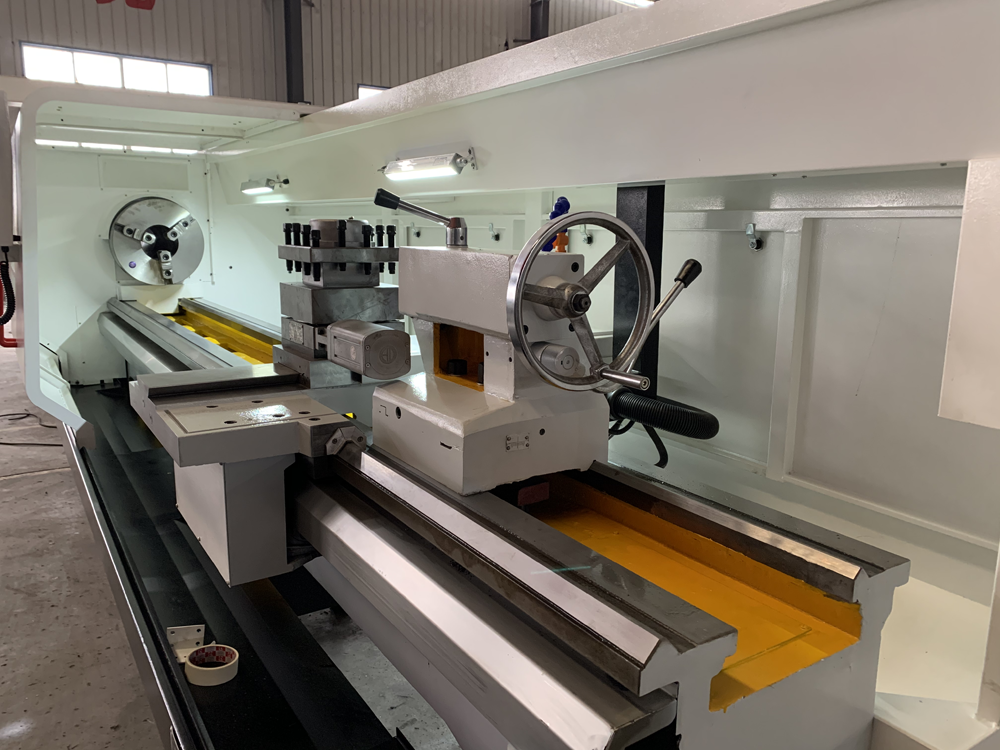It is the first time for customers in some special regions to come into contact with CNC lathes, and the operation of CNC lathes is still not able to master the machine’s operating skills only from the guidance of the operation manual. Combining the operating experience accumulated by experienced China CNC lathe operators in their daily work, I will explain the skills of tool setting and the processing steps of some parts.
The methods and skills of tool setting in the machining industry can be divided into two categories: direct tool setting and tool setting. Before the CNC lathe returns to the starting point, every turning tool that needs to be used is set with the center point of the right milling face of the part as 0 point, and then the center point of the right turning face of the part is selected as 0 point and the CNC tool point is set. When the turning tool touches the right milling face keyboard, input Z0 and click to detect, the tool compensation value of the turning tool will automatically save the detected data, which means that the Z-axis tool setting is completed, and the X tool setting is the trial cutting tool setting, and the milling cutter is used The outer circle of the car parts is less, and the outer circle data of the detected car (such as x is 20 mm) keyboard input x20, click to detect, the tool compensation value will automatically save the detected data, at this time the x-axis is also completed.
This kind of tool setting method, even if the CNC lathe is out of power, the tool setting value will not be changed after the power is restarted. It can be applied to batch long-term production and processing of the same parts. During the period, the machine does not need to be re-calibrated when the machine is shut down.
(1) Punch first and then flat end (this is to avoid shrinkage when punching).
(2) Rough turning first, then fine turning (this is to ensure the precision of parts).
(3) First process the ones with large gaps and then make the ones with small gaps (this is to ensure that the outer surface of the small gap size is not scratched and to avoid parts distortion).
(4) Select the correct speed ratio, cutting amount and depth of cut according to its material hardness standards. The carbon steel plate material is selected for high-speed rotation, high cutting capacity, and large cutting depth. Such as: 1Gr11, use S1 600, F0.2, and cut depth 2 mm. The alloy uses low speed ratio, low feed rate and small cutting depth. Such as: GH4033, select S800, F0.08, and cut depth 0.5mm. Titanium alloy steel selects low speed ratio, high cutting capacity, and small cutting depth. Such as: Ti6, use S400, F0.2, and cut depth 0.3mm. Take the production of a certain part as an example: the material is K414, which is an extra-hard material. After repeated tests, the final selection is S360, F0.1, and the depth of cut 0.2, before the standard parts can be produced. (This is for reference only, please make actual adjustments based on on-site machine parameters, materials, etc. for specific conditions!)
Post time: Nov-29-2021











